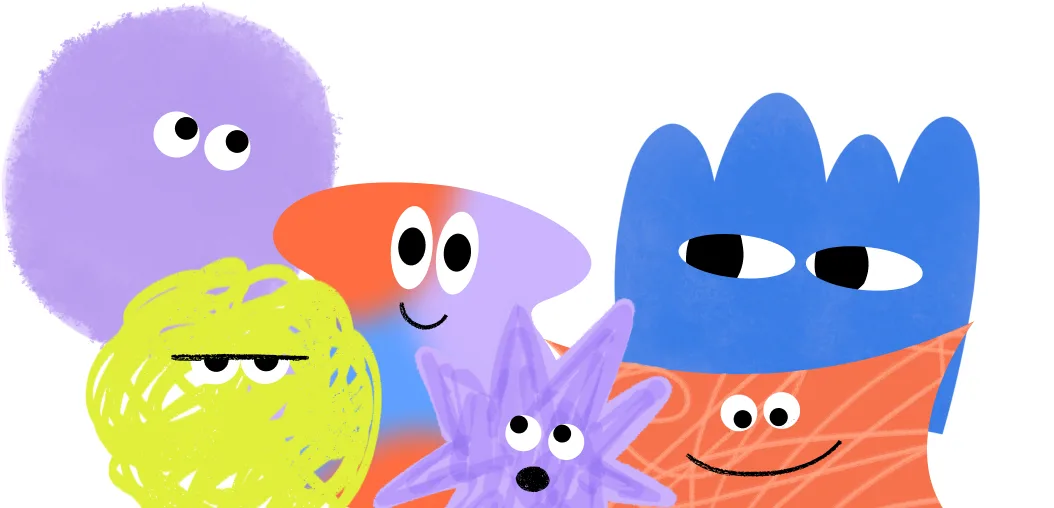How to Help Your Child Imitate Sounds
In this lesson we're going to review some strategies you can use with your child to help them imitate sounds. To do this, it's important to pair your vocal and non-vocal behaviors into your play routines with your child.
So how does this work? It's simple: Next time you roll the toy car across the ground, make the engine noise "vroom." Or if you're playing with a toy boat in the bath or pool, make the raspberry noise with your lips. Finding opportunities to incorporate environmental sounds with oral-motor movements will help teach your child to imitate your verbalizations and thus form the building blocks for imitating words and phrases.
Some other environmental sounds you can practice with your child include car sounds ("beep beep, vroom vroom!") and train sounds ("choo choo, toot-toot!"), boat sounds ("swish swish,") swing or slide sounds ("weee!"), and blocks falling ("boom! bam!").
Children love learning about animals, whether they're on the page of a book or at a zoo or farm. These animal sounds provide a variety of consonant-vowel combinations that are perfect for vocal play and imitation: cow (moo), duck (quack quack), dog (woof woof), cat (meow, hiss), a bear (grrr), a bee (buzzzz), or a horse (neigh).
Imitating oral-motor movements with your child is a joint attention task. This means that unlike other imitation skills where your child may be playing with toys or looking at animals, with oral-motor imitation your child is looking at and imitating you. Face-to-face time promotes joint attention skills. Here are some examples of oral-motor movement play for imitation: being surprised ("oh!"), being scared ("aaah!"), kissing noises, or just lips popping. Try some of these silly noises at home with your child today.







